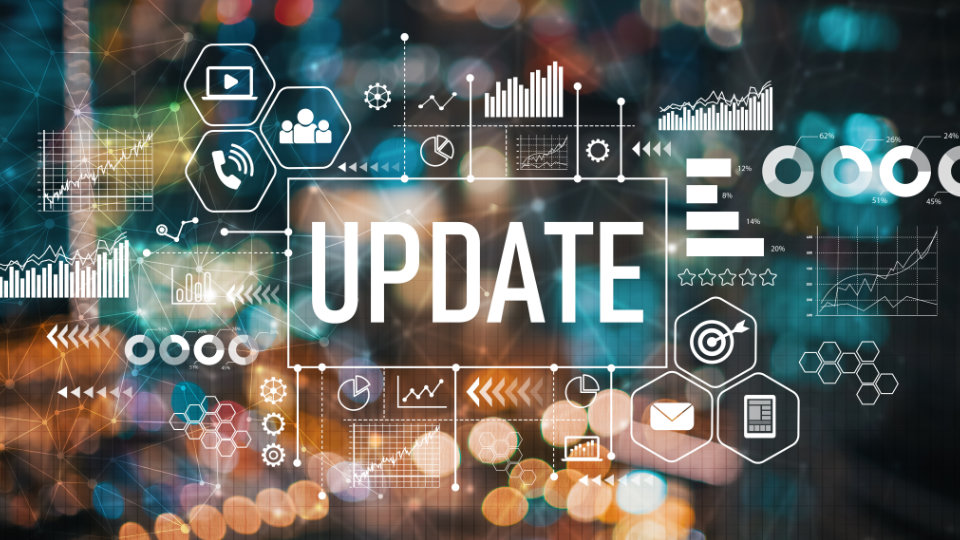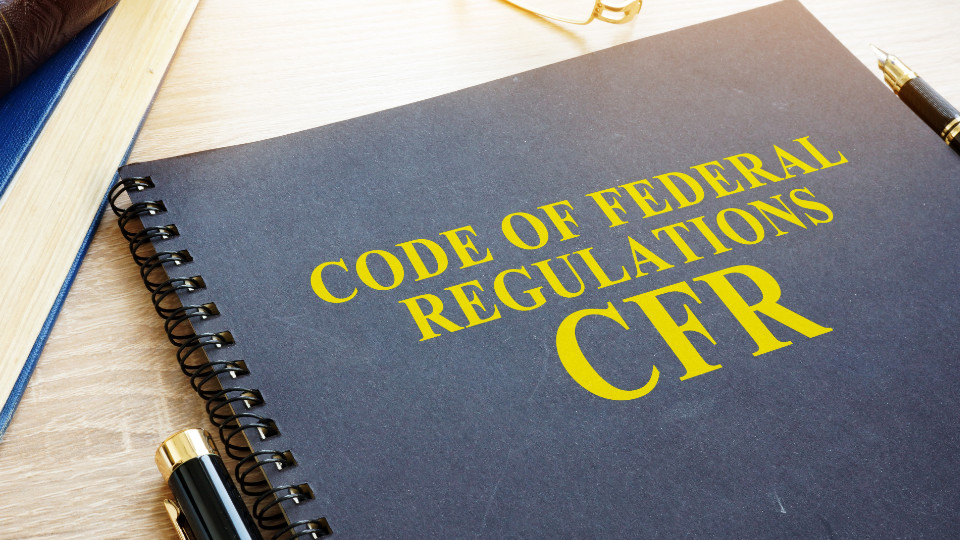In our vision and roadmap post from January, I talked about our 2024 plan to drill down to the fundamentals of what our organization is about, determine what activities best align with them, and refine our scope so we can accelerate delivering on those fundamentals. With that in mind, I’d like to briefly mention some simple changes we have recently made that will better prepare us for assisting after the new regulations are published and go into effect.
We have renamed the Title IX Lawsuits Database – our “flagship” database tracking lawsuits brought by higher ed Title IX respondents against their schools – to the Accused Students Database. This is consistent with the direction we plan on taking it as well as a few other reasons I would like to describe below.
While this database has always had (and will continue to have) a strong focus on litigation, few students involved in misconduct proceedings have the resources to consider suing. They often need more help earlier in the process and when the school’s investigation, hearing, and appeal proceedings are still underway. We plan to meet that need by adding more features to assist during those phases. These features will also assist advocates and professionals involved in the process.
We also think it best for this database to focus on accused students specifically going forward (which it already overwhelmingly did). I am sympathetic to the plight of accused teachers. But the scope of the database has historically been too broad to complete critical developments in a timely manner, and we have several time-intensive projects planned.
Lastly, it remains a chronic issue that the general public doesn’t readily understand what “Title IX” signifies, making the purpose of the database not readily apparent. Is the database about athletics? Gender identity issues? Misconduct proceedings? Discriminatory educational programs? Ideally, changing the name to Accused Students Database will help clarify its purpose.
All modules in the Accused Students Database – tables, maps, search engines, lists, and so forth, as well as the lawsuit “counters” viewable on our website – now reflect the focus on accused students, with minor exceptions.
If you have any questions or feedback, please feel free to let us know via the contact form.
Thank You for Reading
If you like what you have read, feel free to sign up for our newsletter here:
About the Author
Related Posts
In our vision and roadmap post from January, I talked about our 2024 plan to drill down to the fundamentals of what our organization is about, determine what activities best align with them, and refine our scope so we can accelerate delivering on those fundamentals. With that in mind, I’d like to briefly mention some simple changes we have recently made that will better prepare us for assisting after the new regulations are published and go into effect.
We have renamed the Title IX Lawsuits Database – our “flagship” database tracking lawsuits brought by higher ed Title IX respondents against their schools – to the Accused Students Database. This is consistent with the direction we plan on taking it as well as a few other reasons I would like to describe below.
While this database has always had (and will continue to have) a strong focus on litigation, few students involved in misconduct proceedings have the resources to consider suing. They often need more help earlier in the process and when the school’s investigation, hearing, and appeal proceedings are still underway. We plan to meet that need by adding more features to assist during those phases. These features will also assist advocates and professionals involved in the process.
We also think it best for this database to focus on accused students specifically going forward (which it already overwhelmingly did). I am sympathetic to the plight of accused teachers. But the scope of the database has historically been too broad to complete critical developments in a timely manner, and we have several time-intensive projects planned.
Lastly, it remains a chronic issue that the general public doesn’t readily understand what “Title IX” signifies, making the purpose of the database not readily apparent. Is the database about athletics? Gender identity issues? Misconduct proceedings? Discriminatory educational programs? Ideally, changing the name to Accused Students Database will help clarify its purpose.
All modules in the Accused Students Database – tables, maps, search engines, lists, and so forth, as well as the lawsuit “counters” viewable on our website – now reflect the focus on accused students, with minor exceptions.
If you have any questions or feedback, please feel free to let us know via the contact form.
Thank You for Reading
If you like what you have read, feel free to sign up for our newsletter here:
About the Author
Related Posts
More from Title IX for All
Accused Students Database
Research due process and similar lawsuits by students accused of Title IX violations (sexual assault, harassment, dating violence, stalking, etc.) in higher education.
OCR Resolutions Database
Research resolved Title IX investigations of K-12 and postsecondary institutions by the Department of Education’s Office for Civil Rights (OCR).
Attorneys Directory
A basic directory for looking up Title IX attorneys, most of whom have represented parties in litigation by accused students.






